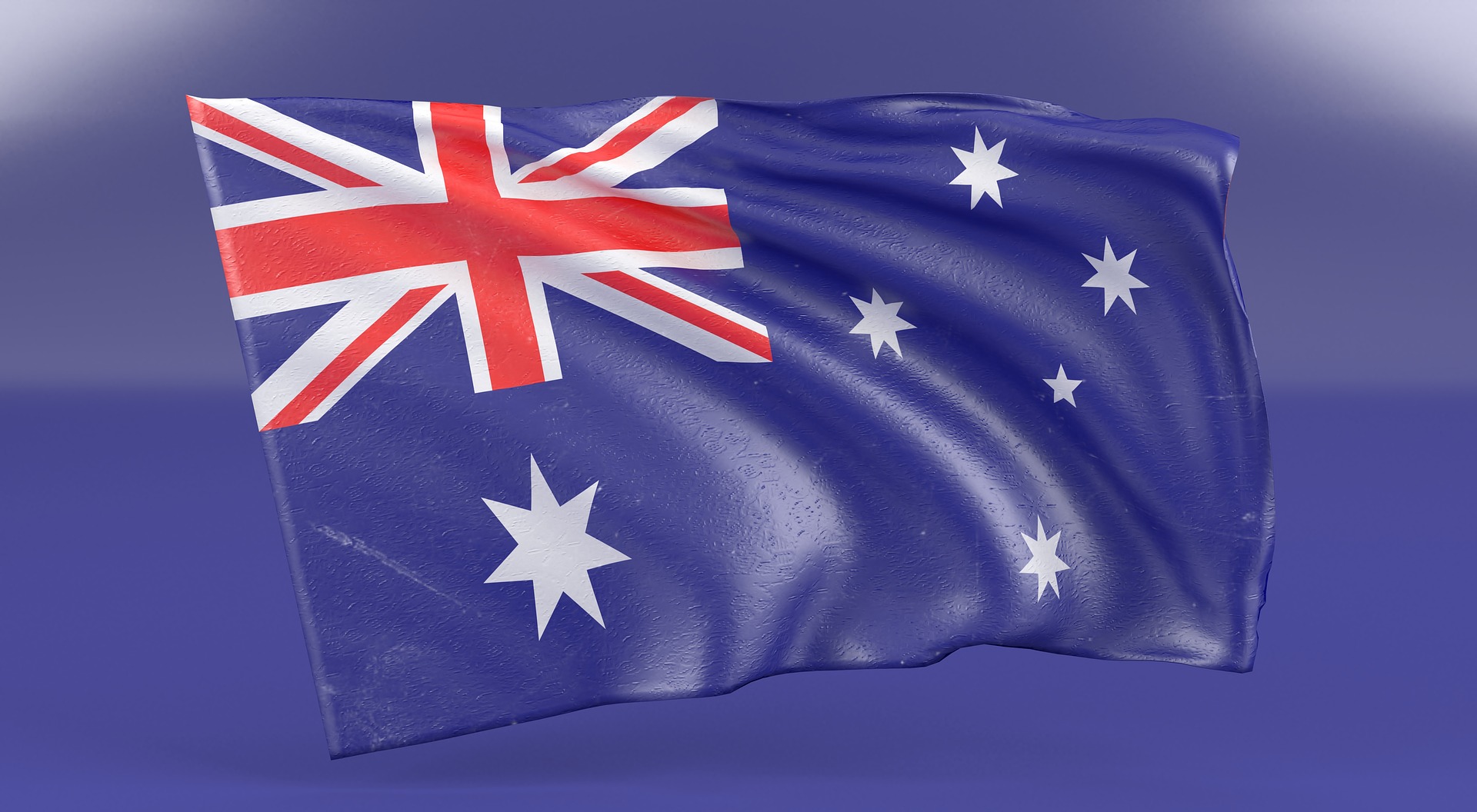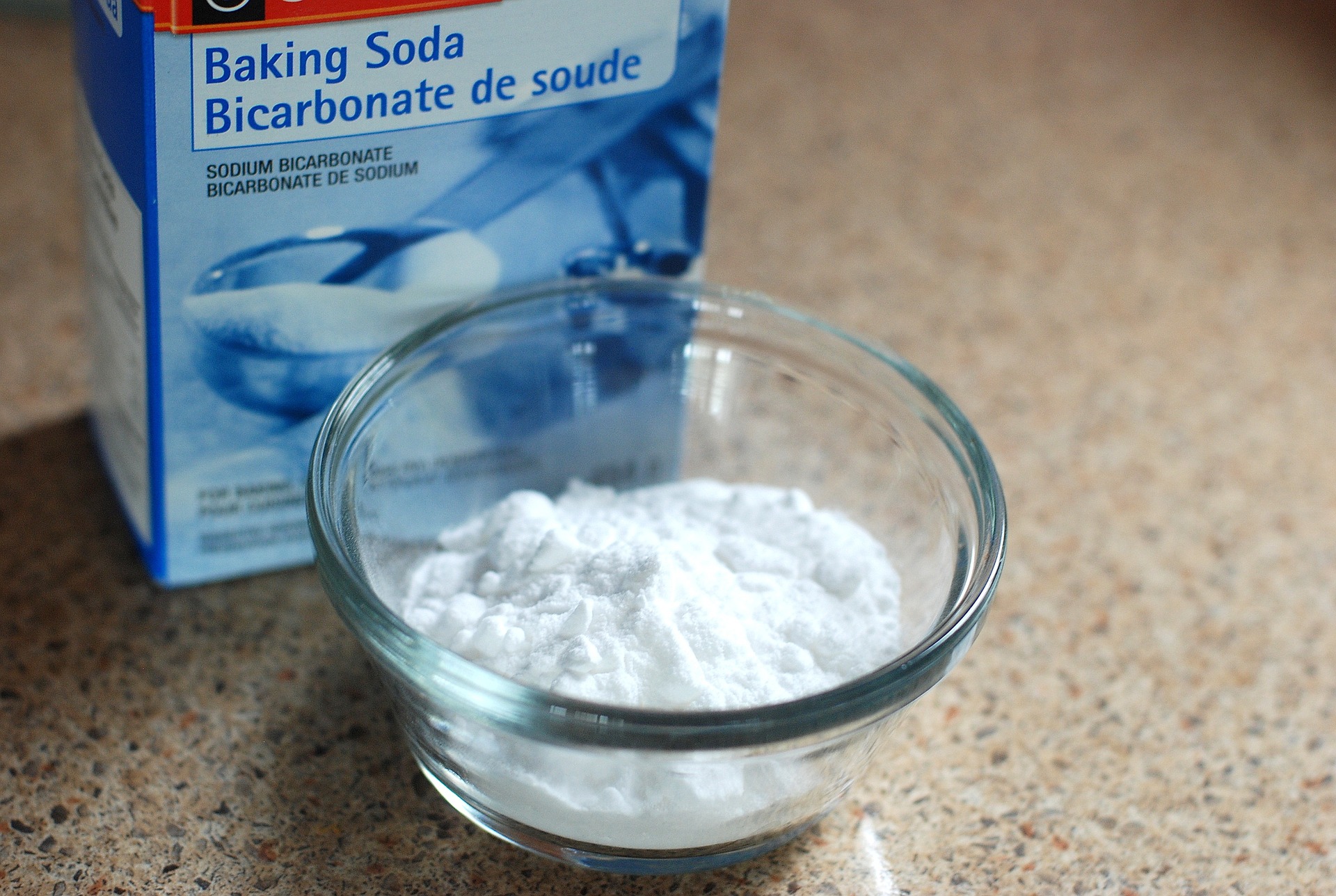To all the Aussies out there: if you are struggling with drain flies in your home, do not worry anymore. Today we are sharing with you our suggestive guide on how to get rid of drain flies. Even in Australia.
If one thought that the Australian continent would be spared from drain flies, she or he would be quite wrong. In effect, there are at least seven species of Psychodidae either descending from such part of the world, either being typically present there.
With the weather conditions being tropical in some parts of the continent, and not that cold in others, all those long hot and rainy days perfectly meet the environmental conditions that a fly requires.

Drain Flies Australia – How to Identify Them
The most common species around Australia do not differ that much from those across other areas of the world. The majority of drain flies share some common features, and these can be applied almost universally.
To begin, it is necessary to define how small such flies are. They are so small that they can often be hardly noticed, and mostly vary from 0,1 to 0,2 inches (2 to 5 millimeters). Also, they are not very good fliers (ironically to their name) but can often be spotted as jumping from one surface to another.
If you take a good look at them, you should be able of seeing fuzzy details all over their tiny wings, very similar to moths. Also, they have a thin pair of small antennas, helping them to navigate through pipes and drains.
If you are suspecting of having sewer gnats in your home, you can refer to the brief description above, but also to focus on the areas where you see them around. For instance, most people in Australia notice these tiny uninvited guests in their bathrooms, kitchens, or gardens.
Drain gnats simply love these areas of our homes. They basically spend all their lives, from the larval to the adult stages, inside our drains and pipes. They feed, breed, and lay eggs on residues of organic materials. Generally speaking, they require nothing else other than scum and water to survive. That is why some forgotten bowl of stale water on the terrace can sometimes be more than enough to attract flies.
To conclude, sewer flies only want to feed on the organic matter that people create, and they do not tend to bite humans. They will spend most of their lifespan inside such feeding areas and will only come out eventually to take a look or two. However, they recreate at crazy levels, and can easily block your pipes causing severe clogs of trash. Additionally, flies do carry so many bacteria from sewages and other dirty areas of the home, transferring them later to our bathroom (and even worse, kitchen) surfaces.
Now that we have gone through the basic features on how to identify drain flies in Australia and explained briefly what they need and how they live, we guess you would probably want to get rid of them, right? Otherwise, you may be risking of having a serious infestation anytime soon.
How to Get Rid of Drain Flies in Australia
There are several ways on how to get rid of these fuzzy guests once you decide they are not wanted anymore.
Some of them are, obviously, rich in harsh chemicals. Others are bio-friendly but still super effective, and some of the first helps can arrive immediately from your home, by mixing some of the most common products in every household.
To start, let us skip the harsh chemicals, as we are sure that many of you are already quite familiar with them, and others probably prefer to take care of their environment. That is why we head to a super innovative eco-friendly product instead.
Drain gels, such as the InVade Bio Drain Gel version, are based on probiotic bacteria instead on chemicals. Such bacteria can literally eat all the organic materials across the drains and pipes and converting it into water and minerals. How great is that? Probiotic gels will deprive all the gnat food and breeding sources in a brief period of time, making your pipes and drains an impossible place for flies to live at. It is quite easy to apply and is completely safe for the pipes across Australia, which are mostly made of copper and PVC fabrics.

For those Aussies who wish to try one of the quite effective homemade remedies, here are a couple of suggestions. The first and probably most popular one is pouring diluted bleach through pipes, followed by boiling water. Bleach is amazing in killing fly larvae, for example. On the other side, a combo mix of vinegar and baking soda can bring to great results in killing adult flies.
There are several other options which you can craft from the comfort of your home, using products you probably already got handy. To know them all, you may want to see our complete guide on how to get rid of drain flies.
Whichever solution you choose to fight your unwanted roommates, it is crucially important to start as early as possible, to avoid a more serious infestation which would then need a visit from the exterminator.
Additionally, once you finally manage to get them out of your home, you may want to run some occasional cleaning flushes through your pipes and drains every now and then. The best and only certain way of preventing drain flies to return is to keep all their potential living places impeccably clean.
Monthly flushes with bio drain gels, for example, will literally take just a few minutes of your time, but will surely protect your home from a new round of uninvited guests. The best is to always do such flushes before heading to sleep, so that the gel has enough time to do the job.
Finally, growing some nicely scented Australian lavender in your home might keep away a lot of drain flies in the future. They are not big fans of it, but we certainly are.


